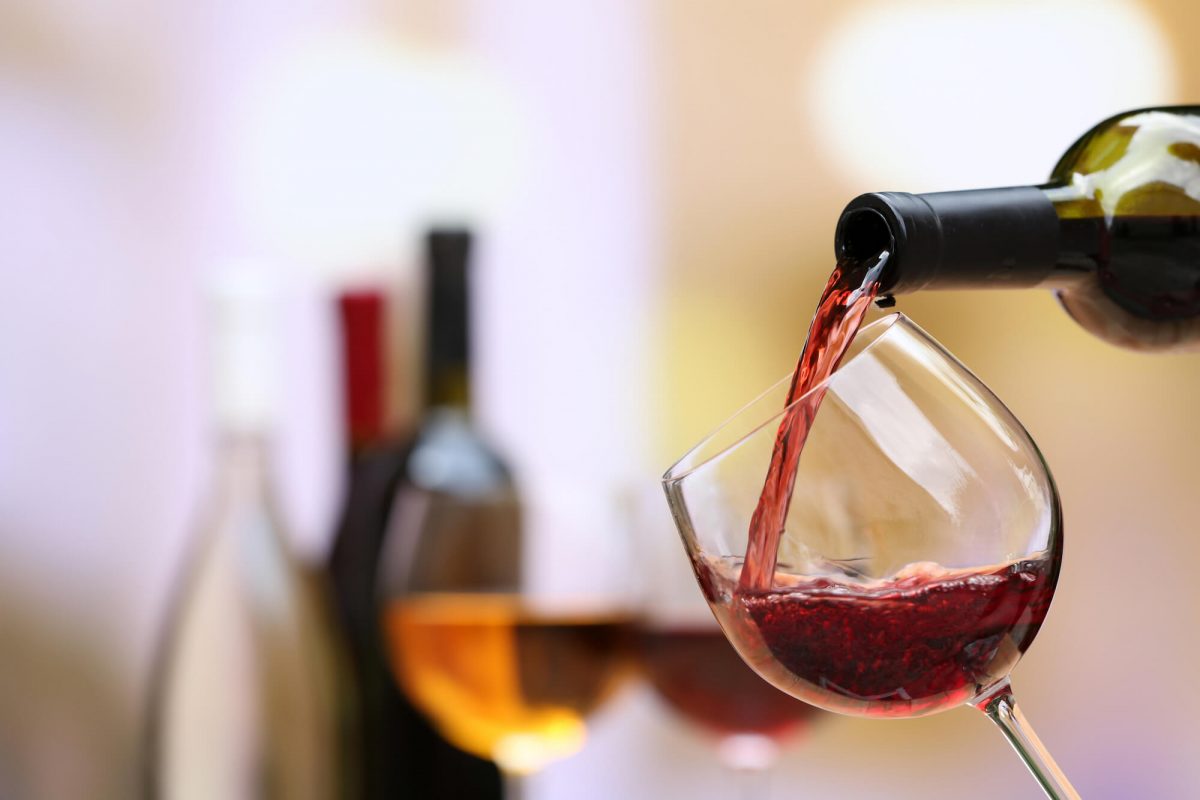Wine isn’t the first thing many think of when they hear ‘low alcohol’ and ‘sugar free’. Yet, with today’s on trend natural reds, whites and rosés, that’s exactly what they’re getting. Not only do these imbibements have a lower alcohol content and sugar-free status, but many are also preservative- and mould-free and naturally low-histamine.
How is this possible? Modern technology seems like the logical response. However, in this case, these diet-friendly wines are an unintentional by-product of tradition. Wine that comes from European producers like those farmers in France, Germany and Italy takes a more Old-World approach to alcohol content. Here, it’s a widely accepted notion that lower-alcohol wines pair better with food.
And, lower alcohol naturally equates to lower sugar. As grapes ripen, they become sweeter, so the more time they spend on the vine, the more sugar they’ll contain. Sugar is converted into alcohol in winemaking; therefore, more sugar equals more alcohol.
Natural winemakers turn to full fermentation methods to remedy this. That means, when wine is made, yeast is added to grape juice. The native yeasts feed on the sugar, producing alcohol and carbon dioxide as by-products. Natural winemakers allow these yeasts to eat as much sugar as natural, and then the yeast dies. The result is a sugar-free wine.
By contrast, many modern winemakers use sulphur dioxide (which is where sulphites come in) to kill the yeast early before all the sugar has been eaten. This leaves a residual sugar in the wine, creating a sweeter profile. Some winemakers even add sugar in at the end, so the final result is a more balanced, decadent wine.
In the US, Dry Farm Wines is pioneering this low-sugar, low-alcohol, great-tasting wine movement. The company’s health-focused, natural wine club aims to provide low-alcohol, minimal-intervention wines to consumers at affordable prices. All of its wines are lab-tested and guaranteed to have less than one gram of sugar per litre, less than 12.5% alcohol and less than 75 parts per million (ppm) sulphites.
According to the company’s website, sugar and alcohol are limited for health reasons, as they’re toxic in high doses. They do believe, however, that there are some benefits to drinking alcohol in the right dose – like a sense of euphoria, expansion of creative development and an enhancement of the culinary experience, to name a few. But no-one likes a hangover, and this company claims that its wines allow consumers to enjoy all the benefits and taste of wine without experiencing the next-day regret.
While Dry Wine Farm doesn’t ship internationally yet, there are some ways to source similar natural wines. Here’s what to look for:
Whether you’re out to dinner or choosing a healthier wine for home, here’s what to look for:
- Wine labelled ‘dry’ or ‘bone dry’
- Wine from cool-climate regions such as Loire Valley, France; Piedmont, Italy or Burgenland, Austria
- Wines lower in alcohol, meaning those under 12.5%
- European, biodynamic and organic wines
In Australia, OrganicWine.com.au is a good place to start. This website is fully transparent, noting which of its wines are vegan, biodynamic, organic, preservative-free and lower in alcohol. While the suggested health benefits of drinking wine are still up for debate, avoiding excess sugar and alcohol is something we can all agree on.



